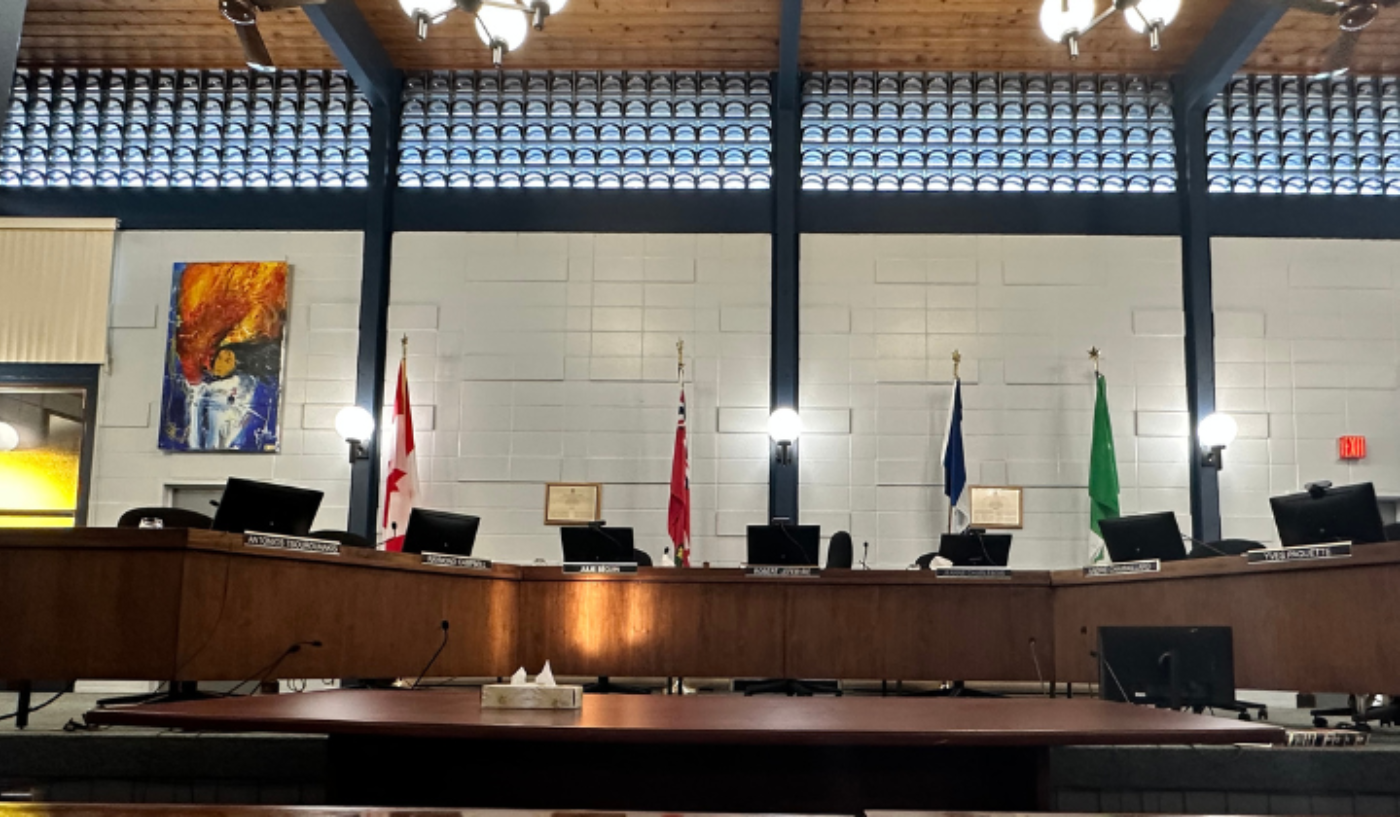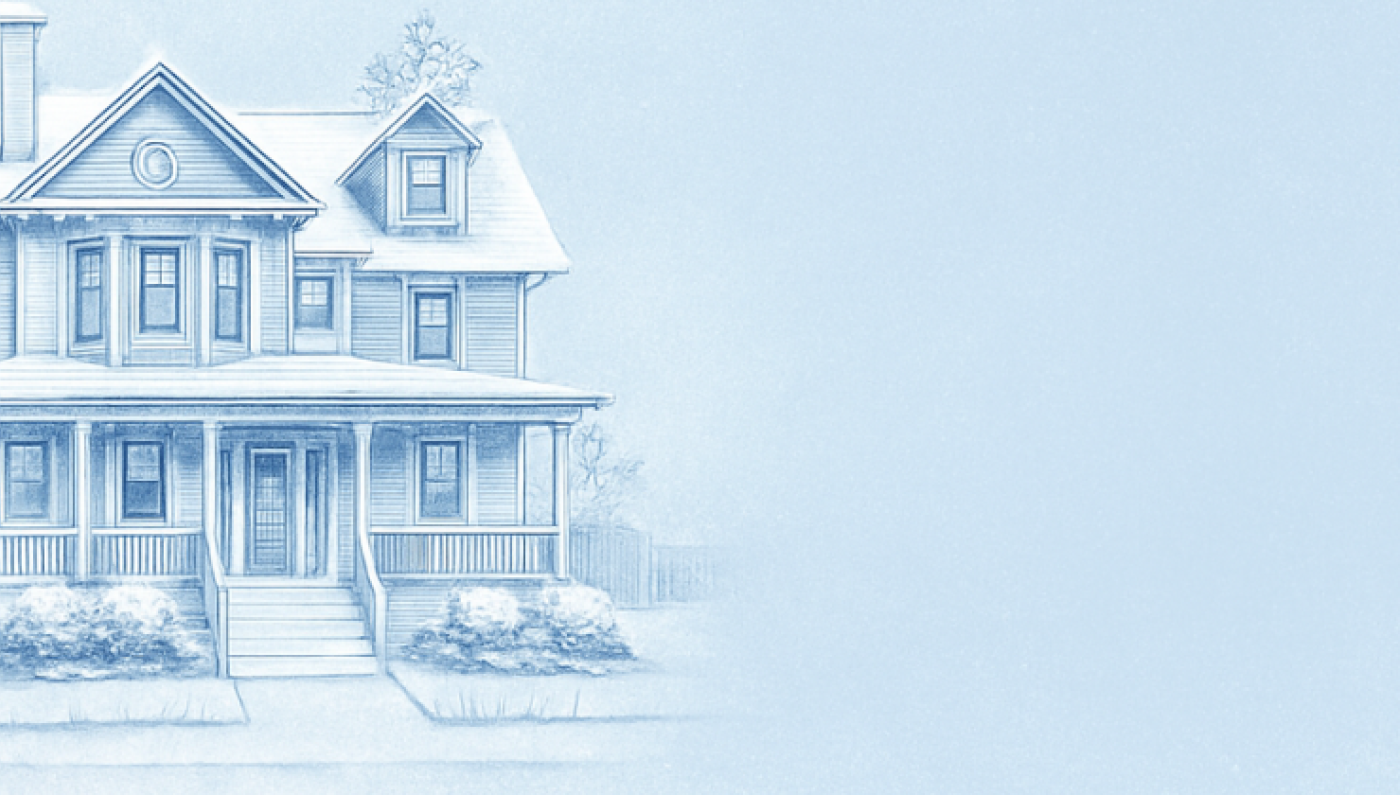Upcoming Events
The activity calendar consists of activities offered by the Town as well as by recognized organizations. Each organization is responsible for adding its events to the calendar and for providing and sharing accurate information.

December 27, 2025
•
Programs & Events
Introduction to skating
Introduction to skating for newcomers. Break winter isolation. Turn the season into a time to connect!
Location: Complexe sportif Robert Hartley
Time: 12:45 to 14:15

January 12, 2026
•
Programs & Events
Town of Hawkesbury Council Meeting
Location: Town Hall
Time: 18:30 to 20:30

February 01, 2026
•
Programs & Events
Les Castors Célestes
Un dimanche en après-midi, dans une ambiance parisienne. Venez entendre les plus belles chansons du répertoire français de Jacques Brel à Aznavour en passant par Edith Piaf... Avec Sylvie Royer et Thierry Fortuit
Location: 2 rue John Hawkesbury, on
Time: 14:00 to 16:00
Need to contact us?
Contact us for any questions or concerns related to municipal services. For by-law enforcement complaints, please fill complaint form.
* Thank you for treating Town employees with respect. Any form of harassment will not be tolerated.






